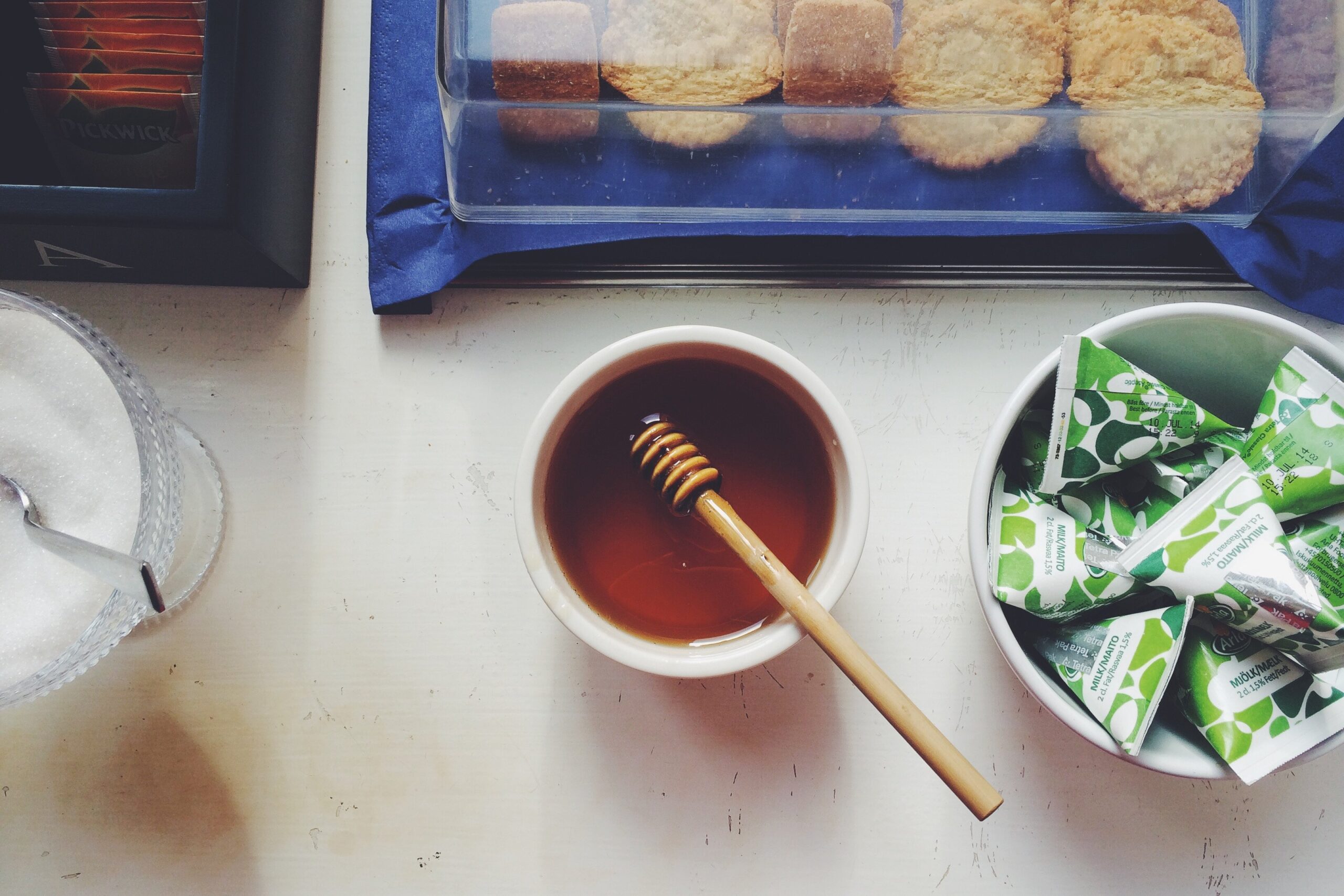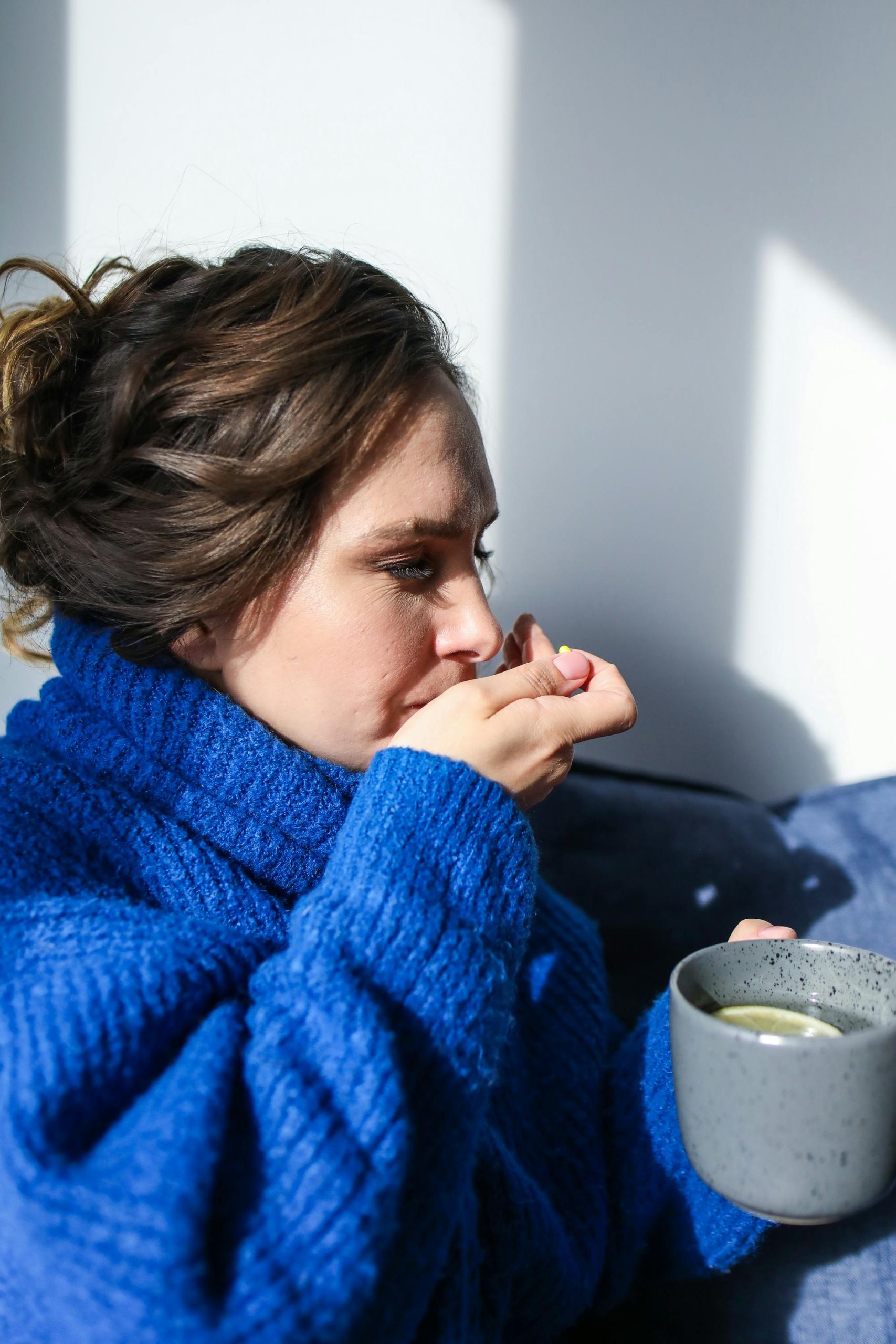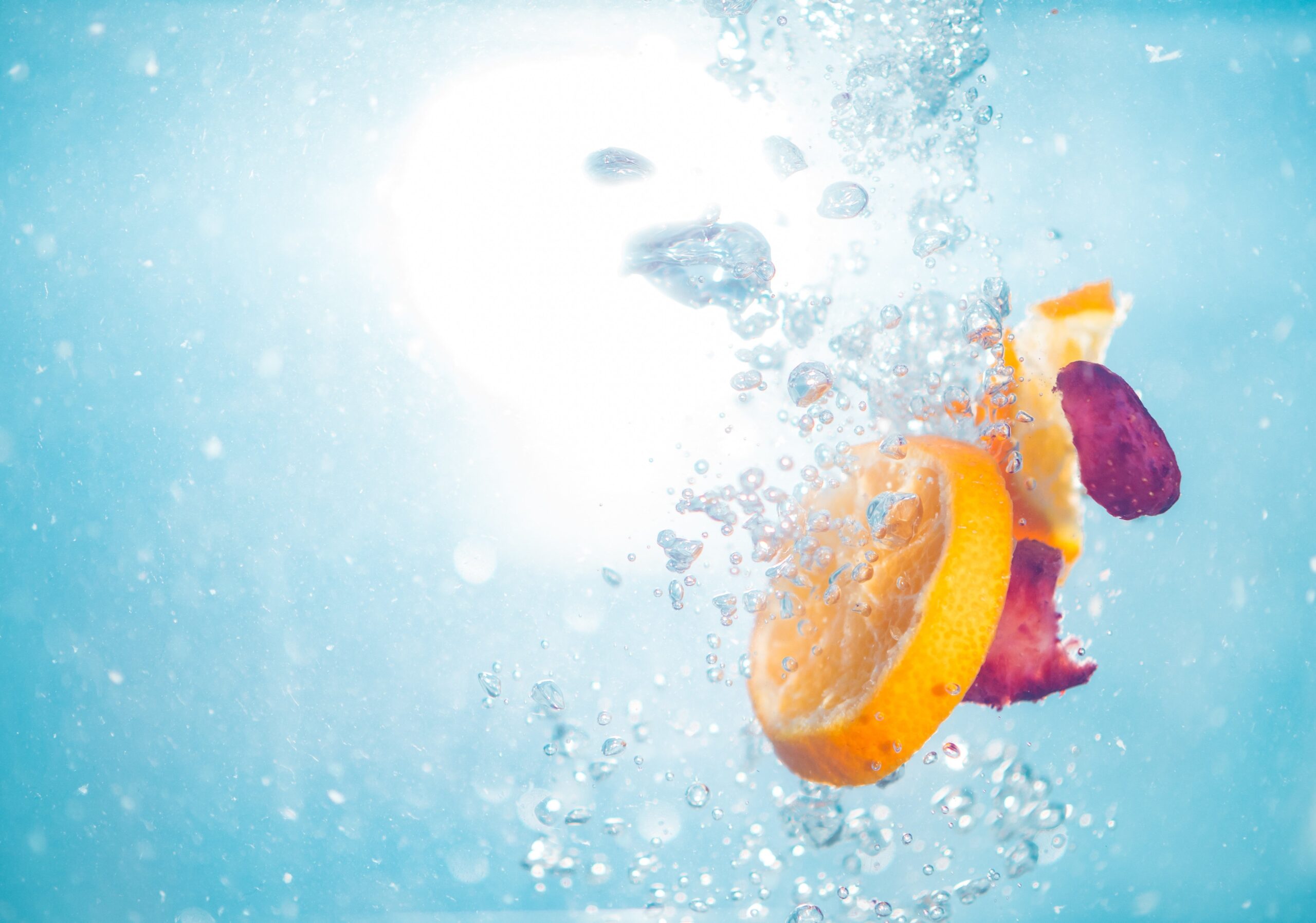While ambrosia is allegedly the “nectar of gods,” if the gods had any sense they would have given that honor to honey. High-quality honey is one of nature’s most amazing foods. It’s packed with antioxidants (to stave off wrinkles and fight cell oxidation), can reduce the risk of heart disease, and is used as a powerful antiseptic in wound care.
How do honeybees make honey?
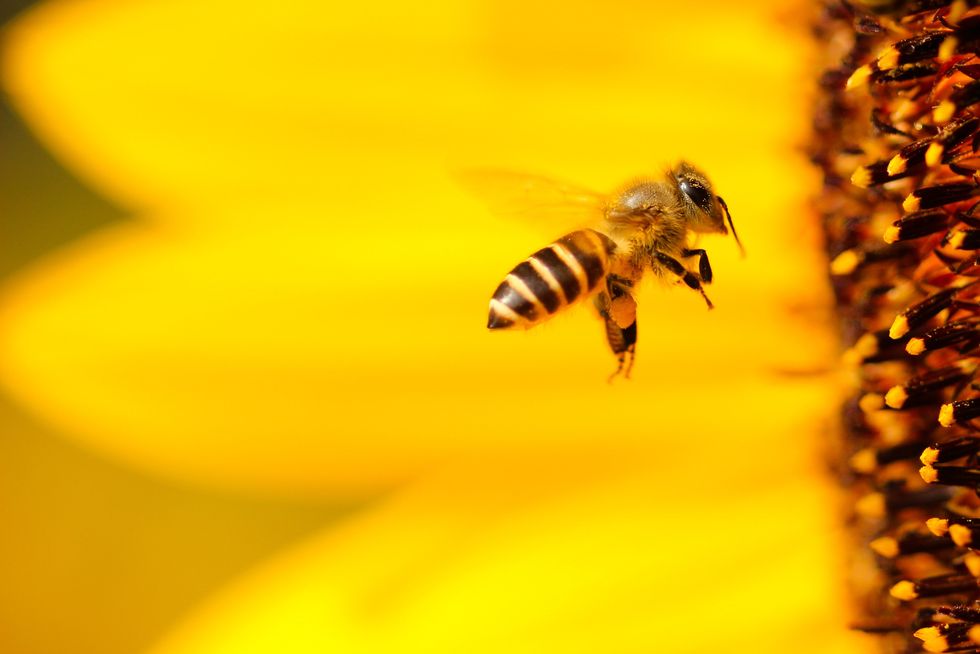
Just to clear things up: honey is neither fecal matter nor vomit. While honey is technically nectar a bee has eaten and regurgitated, once ingested, it’s stored in a special “honey” stomach. After flitting among the flowers collecting nectar, it heads back to the hive with a full honey stomach. It then passes the nectar (yes, through the mouth) to other worker bees to chew on. After around 30 minutes, the bee passes this chewed nectar onto another bee who works on it for another half hour. During this chewing process, the bees secrete enzymes that convert the nectar into the delicious, healing product we know as honey. Honeybee larvae eat the honey, while the adults survive on pollen.
Even though a bee spends its life doing this, the cumulative amount of honey produced by eight bees is less than a teaspoon. Sounds pretty small until you remember a honeybee only weighs .00025 pounds. 4,000 bees only weigh one pound.
Is honey good for your skin?
You betcha! It’s great for anti-aging, acne prevention, moisturizing, and clarifying. If you suffer from bumpy, pimply skin, try a honey mask to zap those nasty zits. OTC pimple drying creams often dry out and irritate the skin around the zit, making it difficult to smooth concealer over the blemish. Honey’s antibacterial and moisturizing properties are a one-two punch, so when your next pimple rears its ugly head, try dabbing a bit of honey on at night and wake up to smoother skin.
You can also try honey as a cleanser. Mix it with jojoba or coconut oil to form a slippery balm that will remove your makeup while moisturizing your skin. Just don’t try it on your eye makeup, as your eyes require a more delicate touch.
If you’re looking to revitalize your skin naturally, try a raw honey mask. Smooth a thin layer over freshly cleansed, damp skin and chill out for a half hour. Rinse it off with warm water, and you’ll end up admiring your glowing complexion for another 30 minutes.
Because it contains gluconic acid and other alpha-hydroxy acids, honey is also a great natural exfoliator. Make sure you use raw honey (pasteurized honey mainly found in grocery stores doesn’t retain the enzymes and probiotics found in raw honey), gently massage it onto damp skin, then rinse it off with warm water.
It’s a natural boost to your heart health
Honey’s main contribution to a healthy heart is its anti-inflammatory properties. Its flavonoids, polyphenols, and other antioxidants all work together to help neutralize the oxidative effects of free radicals. This helps control plaque buildup in your arteries and protects the delicate endothelial lining. Heart problems arise when the arteries are clogged, preventing blood from reaching the heart. Note that the darker the honey, the greater its antioxidant properties, so always look for the darkest available when shopping.
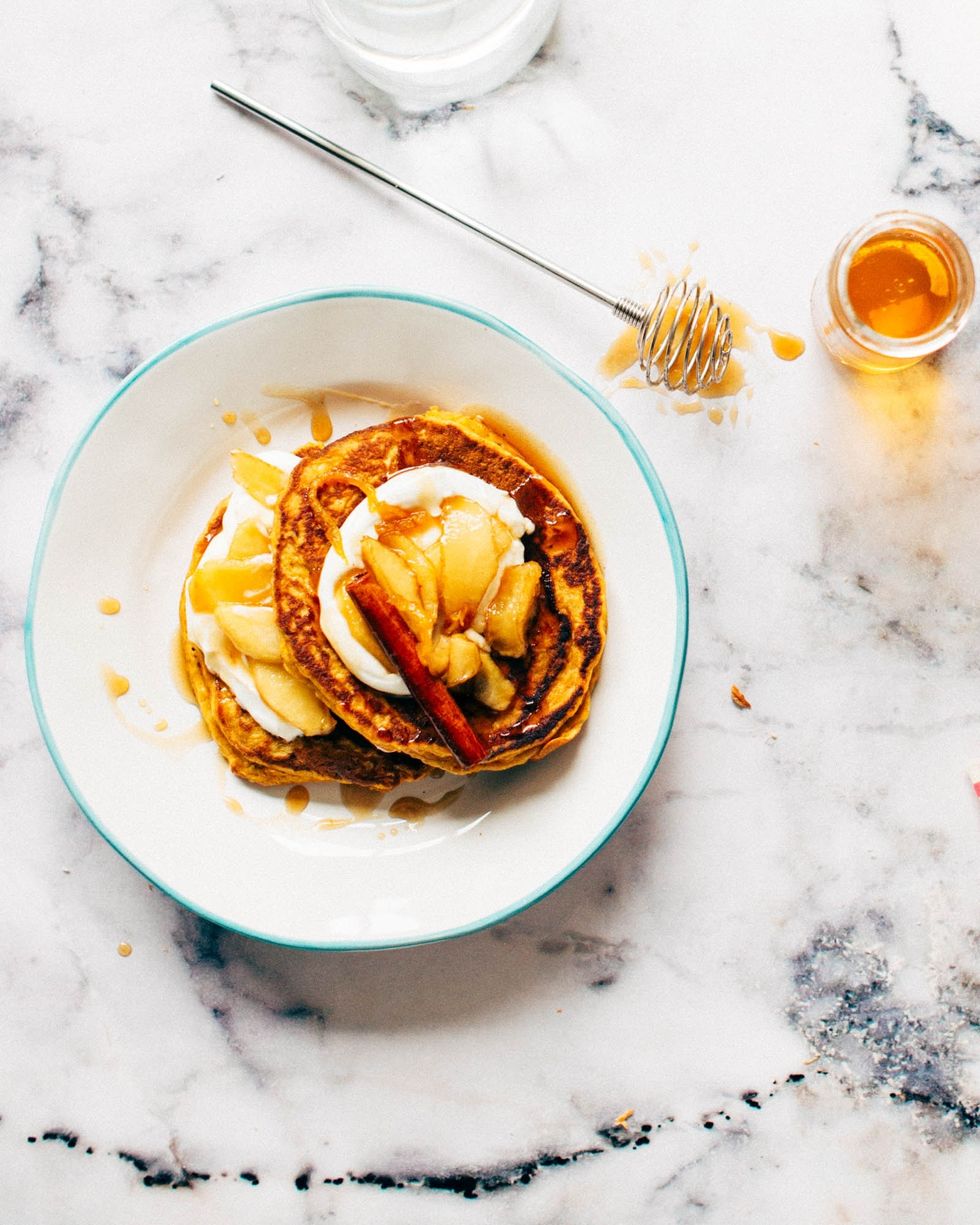
It’s better a choice than sugar when you’re craving something sweet
Honey prompts a lower insulin spike in your bloodstream than processed sugars like table sugar or high fructose corn syrup do. Don’t be fooled by sugar’s other monikers like agave syrup or raw cane sugar – your body still floods your bloodstream with insulin when you ingest any processed sweetener. Consistently high insulin levels can not only lead to insulin resistance (which is the precursor to type 2 diabetes) but can also damage arteries, which could result in heart disease. It’s best to ingest any sweetener sparingly, but if you have to have something sweet it’s better to reach for the honey bear than a chocolate bar.
Honey can lower your cholesterol
While oatmeal’s soluble fiber lowers your cholesterol naturally, why not add a bit of honey for an extra boost? Studies show that it decreases the total levels of LDL and triglycerides. It also increases HDL levels, which is helpful because HDL can remove LDL from the bloodstream.
Manuka honey is used to heal wounds in hospitals
Sounds crazy, but in 2007 the FDA approved the use of manuka honey as a recommended wound treatment. Manuka honey is a particular type of honey produced by New Zealand bees that pollinate the manuka bush. While all honey contains hydrogen peroxide and methylglyoxal (MG), manuka honey contains much higher levels of the latter. Those two compounds, along with a few others, provide honey’s remarkable anti-bacterial and wound healing properties.
Doctors found they were able to eliminate wound odor, dramatically reduce the potential for permanent scars, and stop bacteria from spreading when they used honey as a wound dressing.
There’s even a rating system called the UMF, or Unique Manuka Factor. The scale is based off levels of MG and other antibacterial compounds and is used to rate the potency of the honey.
Even better: honey treatment for wounds has yet to result in any signs of resistant bacteria, or superbugs, which can lead to deadly infections antibiotics can’t cure.
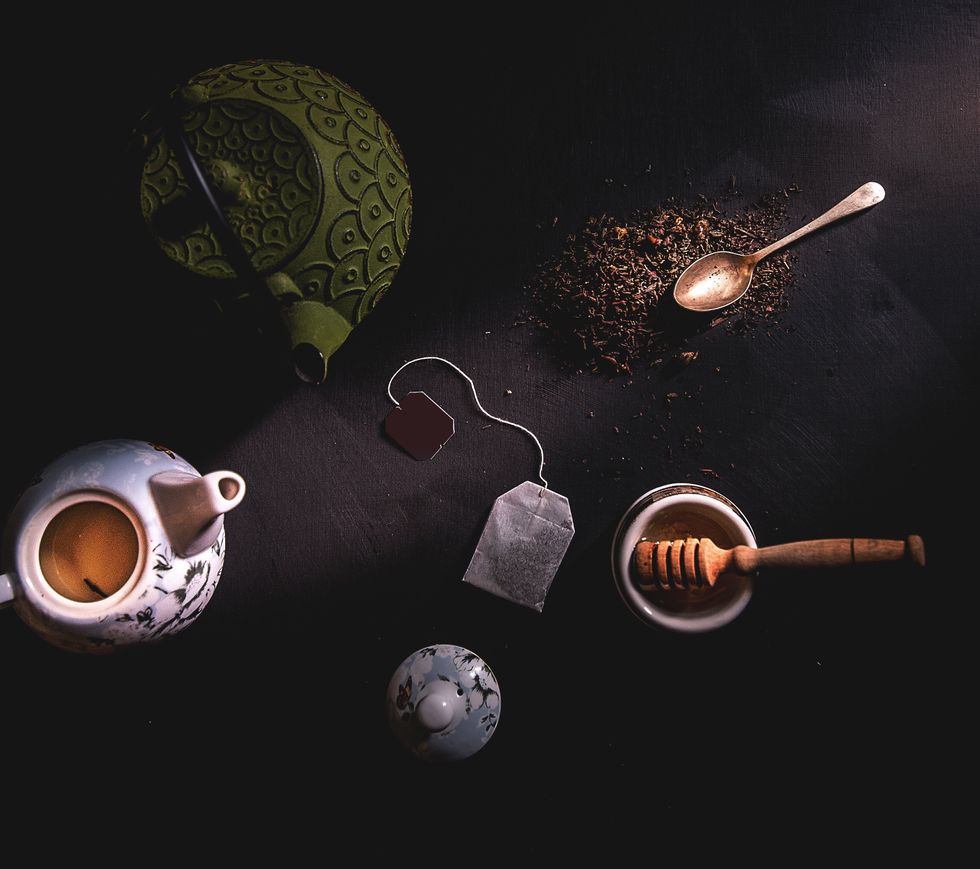
Nagging cough? Try honey
Nature’s candy is also a proven cough suppressant. Forget the NyQuil and add honey to some soothing tea before bed to ensure a good night’s rest, even while suffering through a nasty cold or flu.
A dab’ll do ya
Just keep in mind that honey, while chock full of a myriad of health benefits, is not considered a low-calorie food. Much like nuts or dried fruits, honey should be eaten sparingly and as a substitute for other, less healthy, high-calorie foods.
Honey is one of nature’s great treasures. However, the bees that produce this magical compound are dying in unsustainable numbers. Since bee pollination contributes heavily to food production, this is extremely troublesome. Support local bee presence by planting bee-friendly plants (like wildflowers), and you’ll be doing your part to ensure the survival of this crucial insect.

